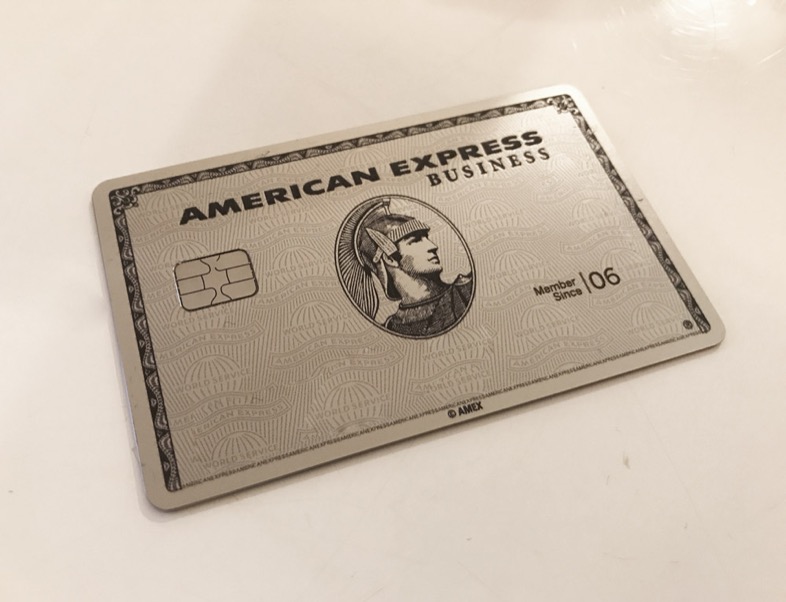Charge Card vs. Credit Card: The Differences

The differences between a charge card and a credit card remains a mystery to many consumers.
While charge cards are payment cards backed by your credit, there are a vast number of differences from the usual credit card.
Charge cards are most commonly associated with American Express (AMEX).
Consumers should consider the different fee structure and usage rules before applying for a charge card because it may not match their financial habits.
Consumer Habits
A charge card can be a great financial tool to keep debt under control at the price of an annual card fee.
Applicants for charge cards should have an excellent credit history because they will be required to pay off their entire balance each month - there is no minimum balance due.
If you decide to carry a balance, late payment fees will rack up.
Failure to pay your balance for a continued period of time will lead the issuer to freeze your card until you clear the debt.
Credit cards allow you to maintain a balance with monthly interest charges on that balance. Purchases end up costing more over time if a cardholder only pays the minimum balance required. The ability to carry a balance contributes to the accumulation of debt.
Fees
Because charge cards require you to pay off the balance in full each month, there is no interest rate tied to a charge card, unlike the APR with a credit card.
If you fail to make a payment on time, you will incur a late fee.
For example, AMEX may charge up to $35 or the greater of $35 or 2.99% of the past due amount (if you do not pay for two straight billing periods).
Credit card companies leverage the ability to charge interest to offer credit cards with no annual fee and stellar rewards. Without the interest finance charges, charge cards are usually accompanied with a flat annual membership fee.
Transactions such as balance transfers and cash advances are not available on charge cards so the corresponding fees do not exist.
Shopping
Merchants that accept charge cards process the payments exactly the same as credit cards.
Now:
A unique aspect of a charge card is the lack of a pre-set spending limit. With a regular credit card, you are issued a predetermined credit limit - a merchant can decline you purchase if you’ve reached your credit limit.
With a charge card, you do not know the maximum balance you can carry on the card.
It does not mean you can buy a house with a charge card (though some luxury credit and charge cards do give you the power to do so). Charge card issuers have a set limit on their end - meaning they are constantly reviewing your credit reports, spending habits, repayment habits, and account history.
For example, you may not have a set credit limit on your American Express Green Card but American Express may decline a $10,000 purchase if it feels that your creditworthiness is a maximum of $5,000. If you tried to make a $5,500 purchase, AMEX may validate it if your account history is in good standing.
Credit Reporting
How your credit line is reported to credit bureaus can have an impact on your credit score.
Since a charge card does not have a pre-set credit limit, there is no fixed number that credit bureaus can use to calculate your debt utilization ratio (the percentage of your total credit that you are using).

On a credit report, the balance on the charge card may also be recognized as the credit limit. As a result, you appear to be maxing out your credit (100% debt utilization).
A positive effect of a charge card is the regular on-time monthly payments that show you are responsible with your credit.
If you have a charge card and are worried about negative effects on your credit score, it would be wise to have credit cards with no annual fees and zero balances to boost your total revolving credit limit while using a charge card for purchases.

